Vietnamese cuisine is famous for its rich and unique flavors, along with long-standing traditional dishes passed down through many generations.
However, with the increasing demand for culinary enjoyment, today local cuisine needs to find ways to adapt to both preserve its long-standing identity and ensure food safety for the health of consumers.
Located about 45km from the center of Hanoi , Duong Lam ancient village, Duong Lam commune, is a place that preserves the ancient architecture typical of the Northern region. Domestic and foreign tourists visit Duong Lam to admire the beauty of the hundred-year-old houses and enjoy rich cuisine, with special traditional dishes such as sticky rice sauce, roasted pork and peanut candy.
With the increasing number of tourists and the increasing demand for experiences, the locals here are making efforts to maintain food safety standards, while continuing to preserve traditional culinary crafts.
“Food safety is very important because food directly affects the health of consumers,” said Kieu Viet Son, owner of a famous roast pork production facility in Duong Lam.
Grilled pork is a specialty of the ancient village of Duong Lam. Legend has it that this dish appeared more than 1,000 years ago, when King Ngo Quyen treated his soldiers after winning the battle on the Bach Dang River in 938.
Luong Huong Roasted Pork, Son's family business, produces about 200-300 kilos of roasted pork every day for restaurants and catering services around the village.
Over the past six months, the household has actively participated in the Canadian-funded Safe Food for Development (SAFEGRO) project to help villagers apply modern food safety standards to their production processes.
Thanks to the support of SAFEGRO, Mr. Son's family's production facility has replaced wooden processing tables with stainless steel to prevent hidden harmful impurities, due to pollutants in stagnant water, debris from wooden cutting boards and pathogenic microorganisms that can affect food safety during the production process.
His family also spent 15 million VND to tile the cement floor to reduce dust and make cleaning easier.
In addition to the upgraded facilities, employees at the facility are also trained on procedures and the importance of using gloves when handling meat.
Only 500m from Luong Huong Roasted Pork is Duong Lam Village Kitchen, a famous restaurant specializing in traditional Northern dishes, which is a regular customer of Mr. Son's family.
Duong Lam Village Kitchen is also an example of effective cooperation between SAFEGRO and local businesses.
With the same proactive spirit as Luong Huong grilled pork but on a larger scale, in addition to the sanitary equipment received from the project, Duong Lam Village Kitchen also invested 78 million VND to upgrade the kitchen area, including a kitchen elevator and an industrial ultrasonic washing tank to handle a large number of dishes every day.
Upgrade space, improve thinking
Within the framework of the project activities in Duong Lam ancient village, SAFEGRO organized training on food safety principles and practices for officials, business owners and employees of food production facilities in the commune.
Ms. Cao Minh Luyen, manager at Duong Lam Village Kitchen, said: “Previously, we also learned food safety procedures, but when the project came here, they supported us and had experts to train us on skills and improve our food safety level, from which our kitchen has also improved a lot.”
“When I attended the training, I realized the importance of food hygiene and safety, which has a direct impact on producers, processors and consumers. We must raise awareness and develop food safety together,” said Ms. Luyen.
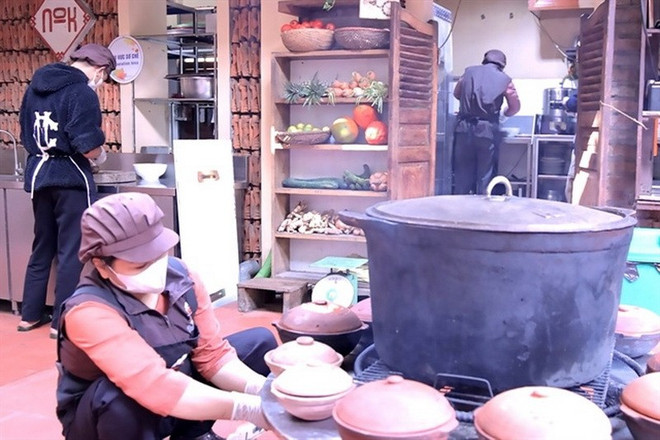
Safe and sustainable
Food safety has always been a priority for Duong Lam, which welcomes more than 100,000 domestic and international visitors each year. During the recovery process from the pandemic, this ancient village relic site set a record of welcoming more than 650,000 visitors in 2023.
The commune has established a food safety steering committee to conduct regular and surprise inspections at processing and production facilities. The town's economic department has also organized training for business owners and individuals working in the field of food safety.
Ms. Pham Thi Le Thuy, Chairwoman of the People's Committee of Duong Lam Commune, said: "When this project came to Duong Lam, we were very excited. Food safety combined with culture, heritage, and history, I think it will have a profound impact."
Mr. Nguyen Van Thuan, Head of Agricultural Product Quality Department at the Department of Agricultural, Forestry and Fishery Product Quality Management (now the Department of Quality, Processing and Market Development) also shared the same opinion.
According to Mr. Thuan, the current model in Duong Lam plays a very important role in promoting experiences and attracting tourists. However, the value and quality of cuisine still need to be improved, and the production activities of craft villages still need to be promoted more to create jobs and develop local tourism.
Support from international partners such as Global Affairs Canada, which funds SAFEGRO, has helped people preserve local culture, tourism and cuisine, while improving food safety practices.
Mr. Thuan said: “The project (SAFEGRO) can support a few years of operation, but the most important thing is the Vietnamese side. We want to activate activities, development strategies and thinking so that when the project ends, Vietnam will continue to take the lead in implementing it, not that the project ends and the model ends.”
“We are aiming for a larger scope, as the project's name suggests, Food Safety for Development.”./.
Source: https://www.vietnamplus.vn/duong-lam-can-bang-truyen-thong-hien-dai-trong-cong-toc-an-toan-thuc-pham-post1026969.vnp




![[Photo] Many young people patiently lined up under the hot sun to receive a special supplement from Nhan Dan Newspaper.](https://vphoto.vietnam.vn/thumb/1200x675/vietnam/resource/IMAGE/2025/5/18/6f19d322f9364f0ebb6fbfe9377842d3)
![[Photo] Ready for the top competitions of Vietnamese table tennis](https://vphoto.vietnam.vn/thumb/1200x675/vietnam/resource/IMAGE/2025/5/18/9c547c497c5a4ade8f98c8e7d44f5a41)




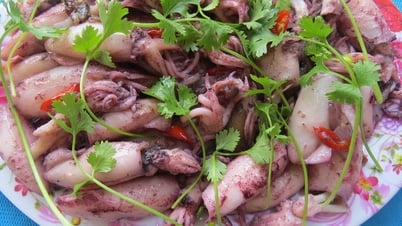


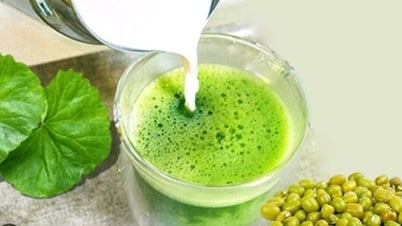

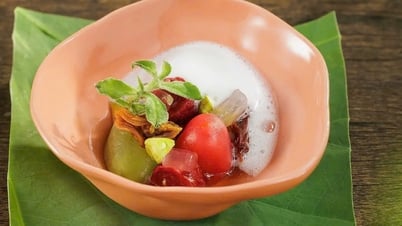
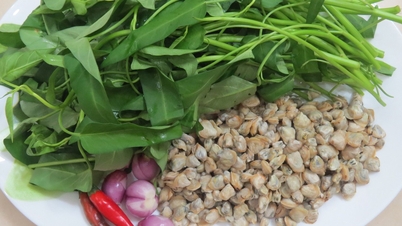




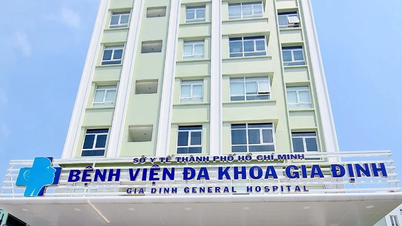
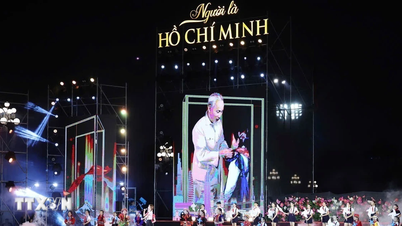
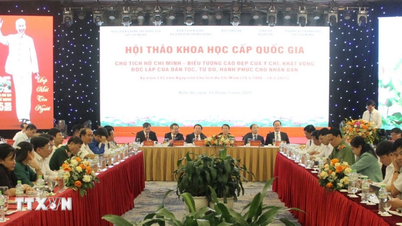

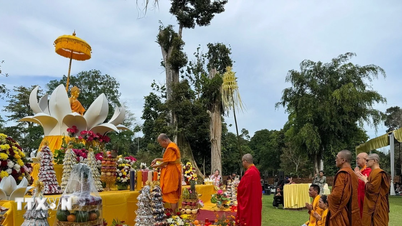
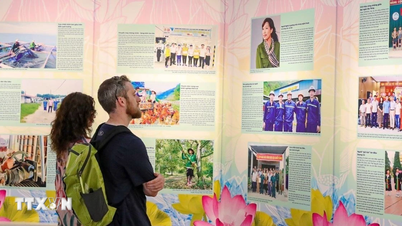
![[Photo] General Secretary To Lam visits exhibition of achievements in private economic development](https://vphoto.vietnam.vn/thumb/1200x675/vietnam/resource/IMAGE/2025/5/18/1809dc545f214a86911fe2d2d0fde2e8)















































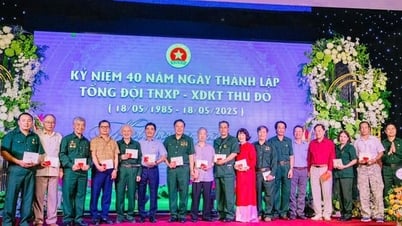




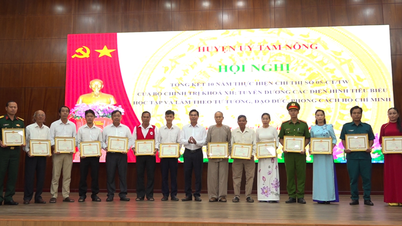
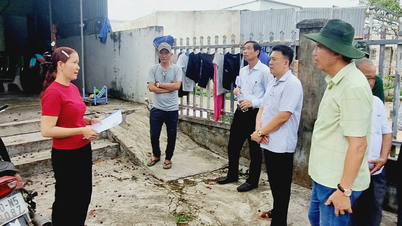










Comment (0)